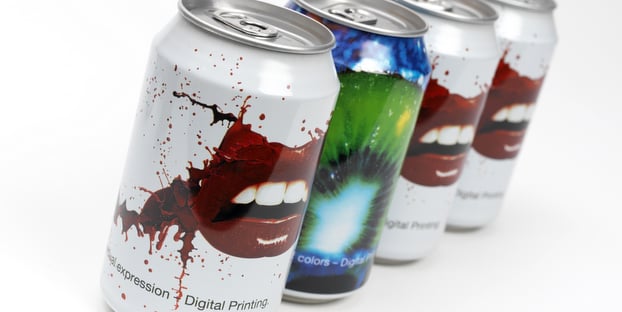
Canning craft beer, while increasing in popularity, is still a fledgling industry practice, which means equipment, technology and processes are still being developed to improve and streamline production as it becomes more of an industry standard. One new solution, when it comes to printing graphics on those craft cans, is Tonejet Limited.
Tonejet Limited is well known for developing a digital cylinder decorator that is now operating at Ball Packaging Europe, one of the world’s largest producers and suppliers of beverage cans. The reason you might care, craft brewer, is the company has scaled that digital can printing solution for small producers, such as yourself.
This new, lower-throughput cylinder printer allows for different images to be printed one after the other without the need to create and change printing plates or change printing inks. At the center of the Tonejet print engine is its electrostatic drop-on-demand printing technology that enables high-quality printing directly on to the metal cylinders at high speed, without the need for costly primer coatings or plastic sleeves. Tonejet’s high-resolution digital imaging process means that high-quality photo images can be printed as well as traditional graphics.
Tonejet’s super-thin ink layer (<0.5μm) combined with cost effective inks results in a running cost similar to conventional analogue printing. This extremely thin ink layer means there is no cracking or flaking of the ink when shaping, forming and bending of the printed cylinder occurs, a requirement for many metal packaging applications. The print heads have no nozzles or moving parts, which helps their reliability and performance. Tonejet uses its own unique charged pigmented ink with an oil carrier liquid, resulting in an ink safe for use with primary food packaging and personal care applications.
Tonejet is expecting its first craft brewing system to be operational early in 2015, so stay tuned for that news. We followed up with the folks at Tonejet Limited for a quick Q&A to see how this printer might fit the craft brewing industry.
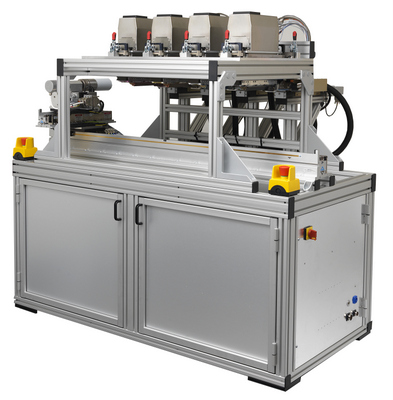
CBB: What is the output speed range of your printers? What sizes of brewery would you say is the sweet spot?
Simon Edwards, VP Sales & Marketing, ToneJet: The output of the printing system currently ranges from 10 to 120 cans per minute, depending on the machine options selected. For this reason the sweet spot would be for breweries printing up to approximately 12 million cans per year, however down to as low as 1 million. In addition to this, some of the larger craft brewing companies may print only some of their products digitally, however the smaller breweries might print all of their cans digitally.
CBB: How long does the machine take to set up for each use?
Edwards: There is no real setup time, if the graphics file is ready, a different image can be printed one after the other, hence a different image every second. The setup time is a matter of minutes to load the image file, print a can and then have someone from marketing sign off on the result. Once this is done, the job can be started immediately.
CBB: Since this is a newer solution for the craft brewing industry, how well does this integrate into production right now? Can this fit right on the line? Or will the graphics need printed onto the cans first and then moved to the line later?
Edwards: From a production point of view, if the canning line matched the print speed, then it can be integrated into the canning line. If the canning line runs faster than the printer, then these could be printed off line, with the cans stored and ready for production.
CBB: What’s the biggest question you get from brewers?
Edwards: Biggest question from brewers is what sort of graphics can be printed. And the answer is anything they can create. The system is 600 dpi x 600 dpi with eight grey scales, hence anything from line graphics through to photographs.
CBB: Tell us why you think this solution is right for craft brewers.
Edwards: The reason this is a significant opportunity for the craft beer industry is it enables brewers to print their own cans, on-demand, very cost effectively. The running cost of the system is significantly (better than 10 times) less than labeling. So not only are they able to print their own cans and hence manage the volume of cans they print, but also print anything they want, enabling innovative marketing ideas, which are typically cost and time prohibitive today.

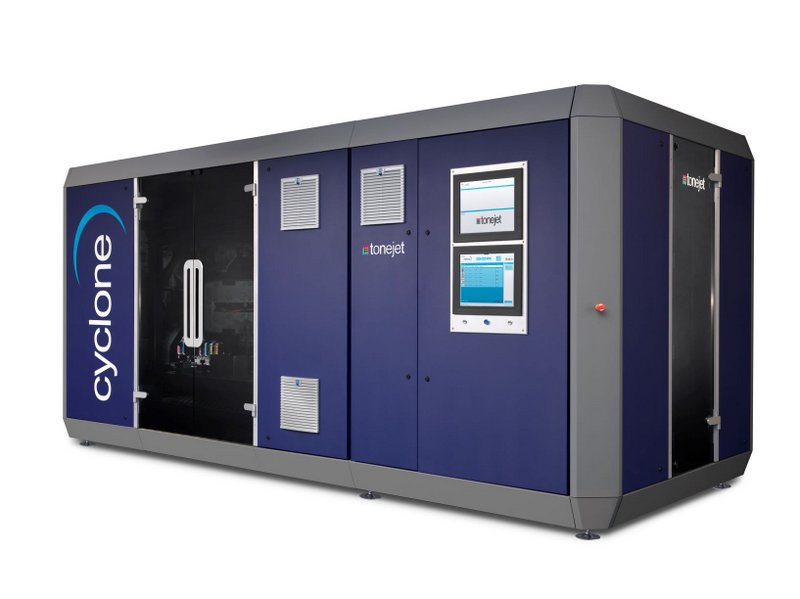
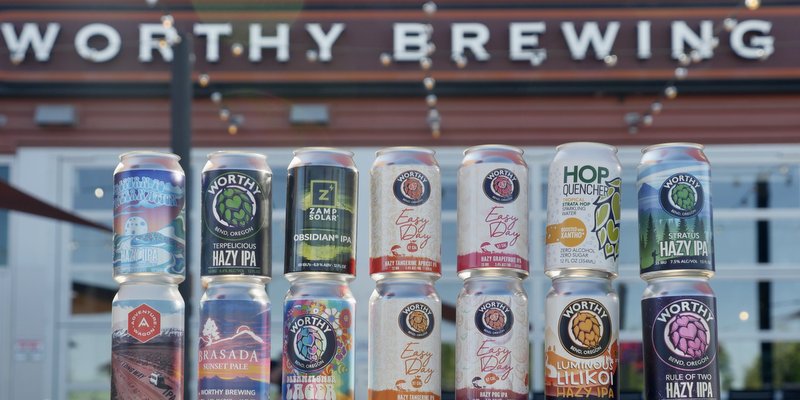
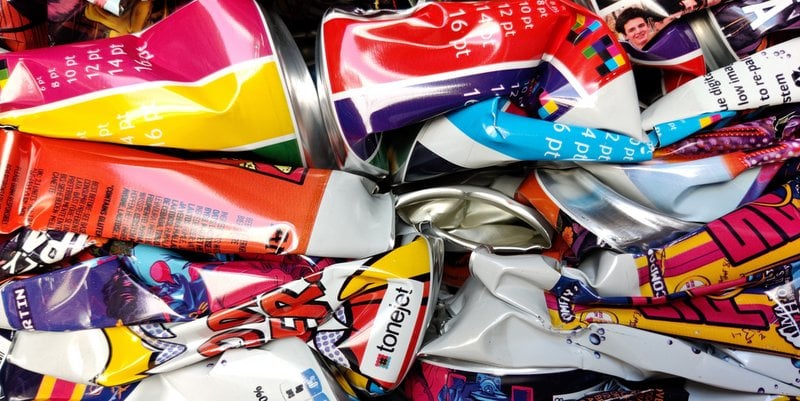
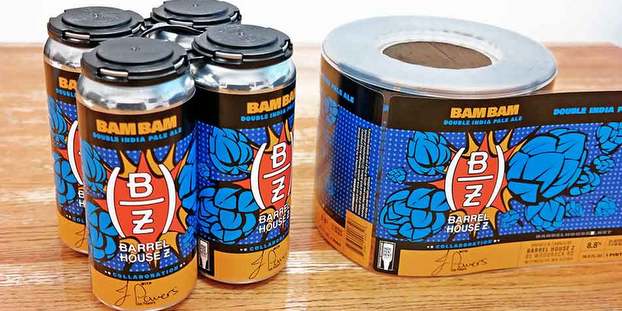
mike dew says
how much does it cost to print 5000 cans 4 color process
Billy Graham liked this on Facebook.
The Tool Ticket liked this on Facebook.
Keith Whitfield liked this on Facebook.
Jonathan Alexander Castro liked this on Facebook.
Justin Styx liked this on Facebook.
Resie Wyley liked this on Facebook.
My-Cam Mingus liked this on Facebook.
Joe Kelleher liked this on Facebook.
Oskar Blues Brewery Eddyline Restaurant and Brewing Company Brues Alehouse Brewing Co.
Eddie Leon liked this on Facebook.
Jonathan Ayers liked this on Facebook.
Venice Duck Brewery liked this on Facebook.
RT @ODMCanning: Print anything on craft beer cans with this new digital printer http://t.co/wVxZAVFxJg via @craftbrewingbiz
Print anything on craft beer cans with this new digital printer http://t.co/wVxZAVFxJg via @craftbrewingbiz
Bruce Farmer liked this on Facebook.
Pablo Moreno liked this on Facebook.
Awesome!
RT @crsimp01: Print anything on craft beer cans with this new digital printer http://t.co/yz2V5FQs5I via @craftbrewingbiz
Print anything on craft beer cans with this new digital printer http://t.co/yz2V5FQs5I via @craftbrewingbiz